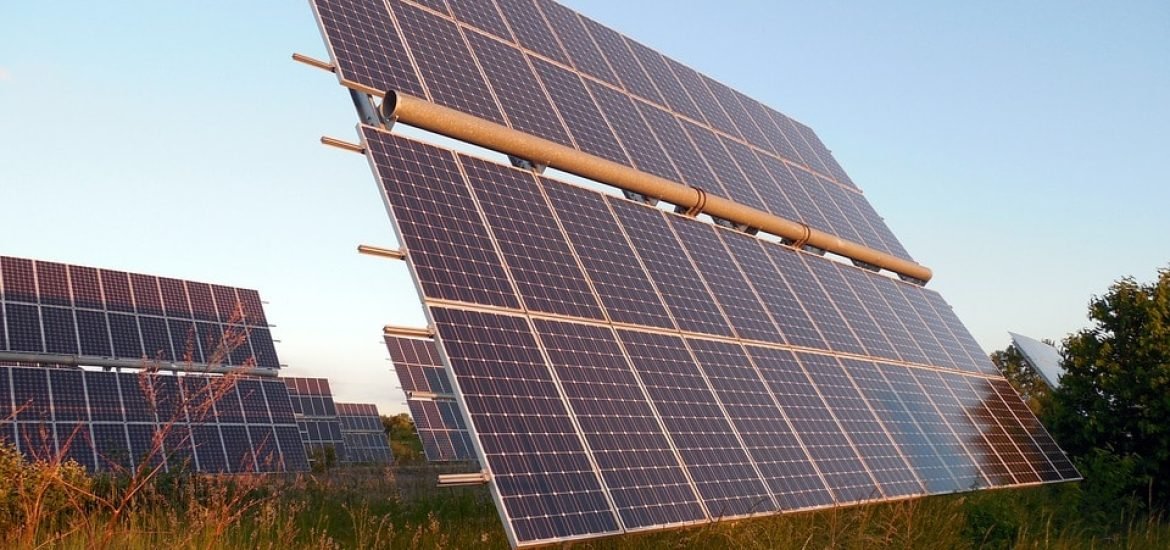
A team of researchers from the Ecole Polytechnique Federale de Lausanne (EPFL), Switzerland, developed an ingenious and revolutionary way to reduce the risk of lead leakages in perovskite solar panels, according to a study published in ACS Applied Materials & Interfaces. They used a transparent phosphate salt that does not block solar light when panels are in use, but it produces an insoluble lead compound that is easy to capture if the panels break or get wet.
A perovskite solar cell is a type of solar cell with a compound with a structure similar to naturally occurring perovskites. Commonly, this includes a hybrid organic-inorganic lead or tin-based compound operating as the active component to harvest solar light.
The technology quickly grabbed the attention of many research groups, and since it was first developed in Japan in 2009, these cells jumped from a mere 4% to over 25% conversion efficiency in just ten years. These cells are actually cheap to produce and simple to manufacture in large quantities. In addition, they can be translucent or come in a variety of colours and flexible substrates, ideal for a variety of applications.
For these reasons, perovskite solar cells have become very attractive to produce on a large scale, but there are still some toxicity issues to solve. The main problem is the presence of water-soluble lead, which, in contact with water or humid air, can leak and accumulate in the food chain and eventually in the human body. “The solar energy-to-electricity conversion of perovskite solar cells is unbelievably high, around 25%, which is now approaching the performance of the best silicon solar cells,” says Professor László Forró at EPFL’s School of Basic Sciences. “But their central element is lead, which is a poison; if the solar panel fails, it can wash out into the soil, get into the food chain, and cause serious diseases.”
Lead’s ability to mix in water is an excellent advantage for building these solar panels, but the same property can become a serious health and environmental hazard if the panels get wet. This issue has attracted much attention because it stands in the way for regulatory authorities to approve the commercial use of these panels.
Many attempts to deal with this issue have failed, but now a team from EPFL has come up with an exquisite solution that does not affect overall efficiency. They solved the problem by incorporating a transparent phosphate salt layer into the structure of the solar cell. This addition doesn’t block the light and reacts immediately with lead to create a water-insoluble compound if the solar panel breaks. Not only this stable compound cannot leach out to the soil, but it’s also easy to capture and recycle.
“A few years ago, we discovered that cheap and transparent phosphate salt crystals, like those in soil fertilisers, can be incorporated into various parts of the sandwich-like lead halide perovskite devices, like photodetectors, LEDs or solar cells,” says Endre Horváth, the study’s first author. “These salts instantaneously react with lead ions in the presence of water and precipitate them into extremely non-water-soluble lead phosphates.”
There is much work still needed to develop this product, butthe team believe this approach is ideal for building these solar cells and encouraging the scientific community to implement these improvements in their respective prototypes. “This is an extremely important study – I would say, a central one – for large-scale commercialisation of perovskite-based solar cells”, concluded Forró.
(1) Horváth E, Kollár M, Andričevic P, Rossi L, Mettan X, Forró L. Fighting Health Hazards in Lead Halide Perovskite Optoelectronic Devices with Transparent Phosphate Salts. ACS Applied Materials & Interfaces 15 July 2021. DOI: 10.1021/acsami.0c21137